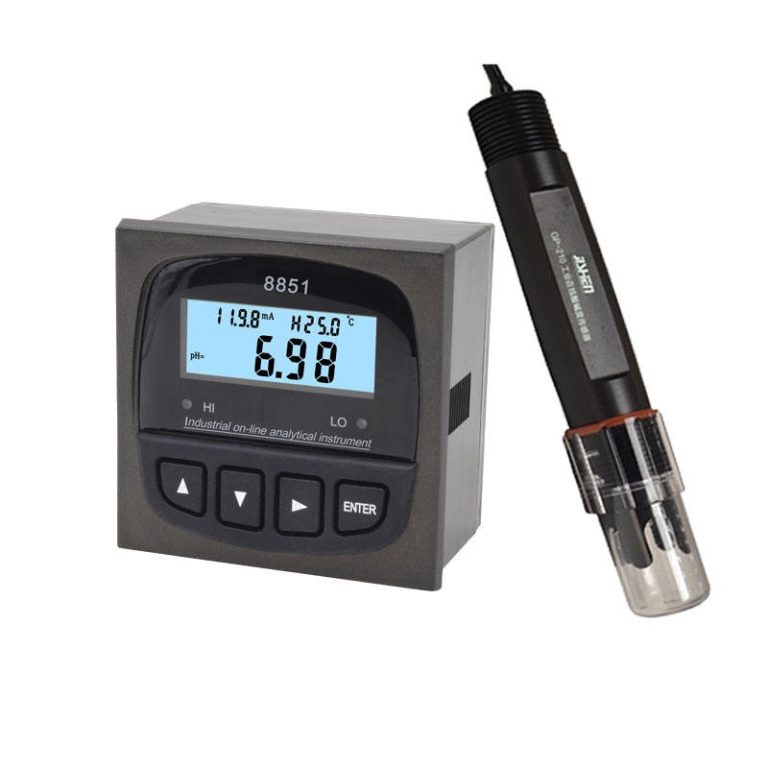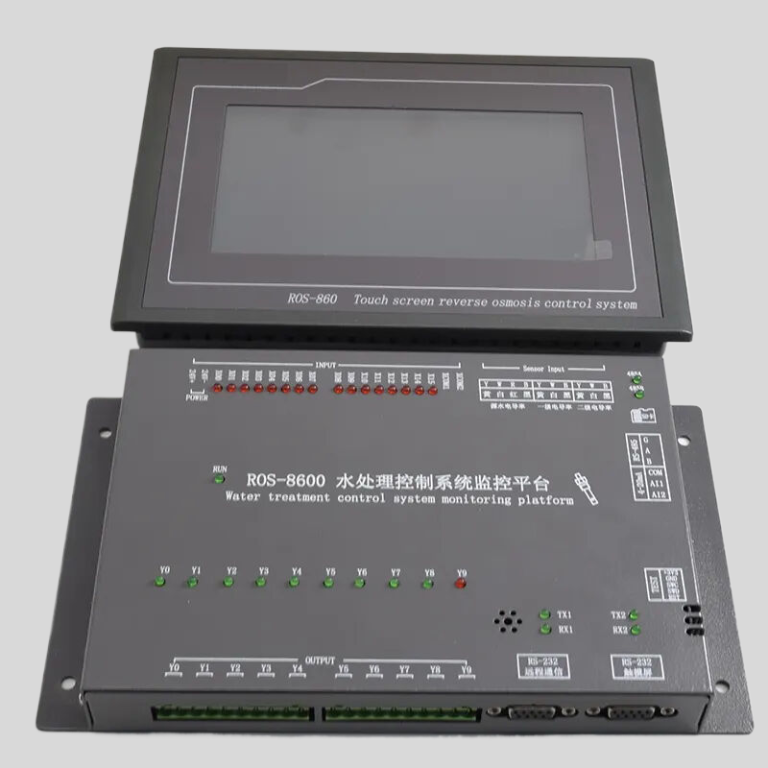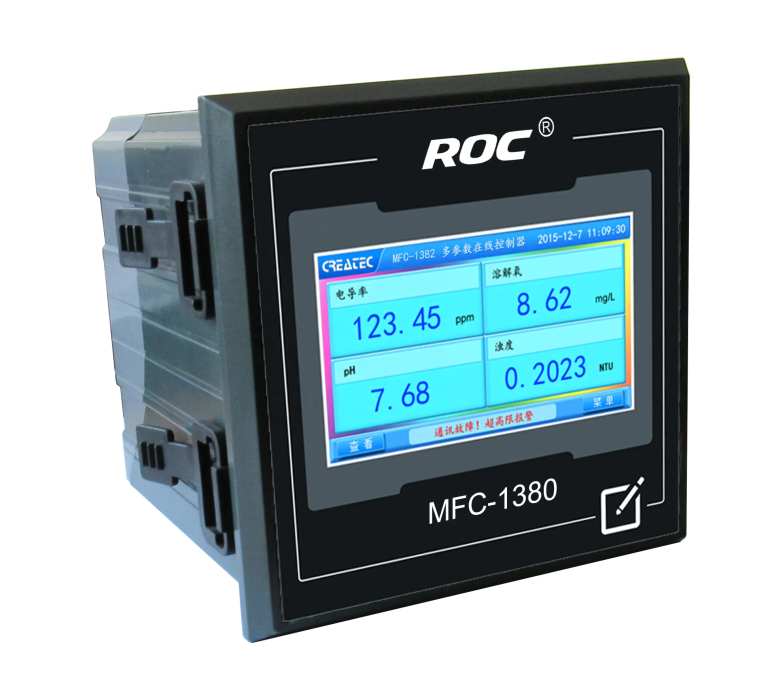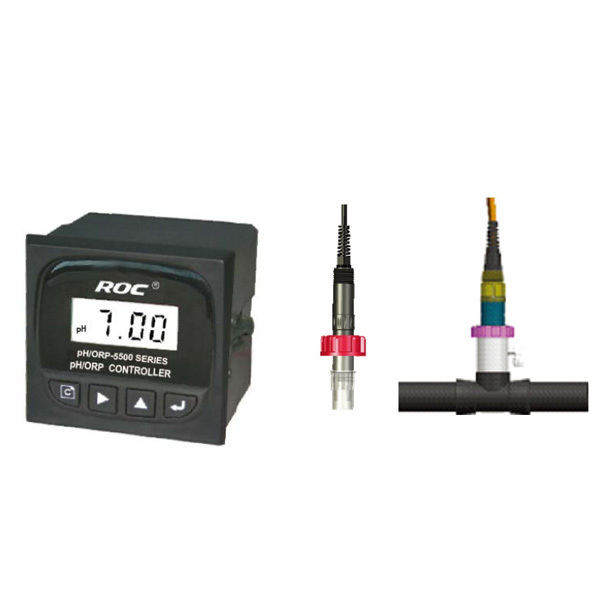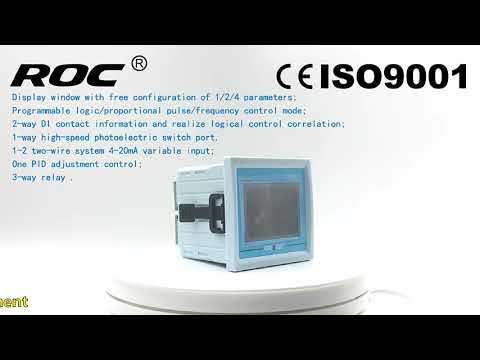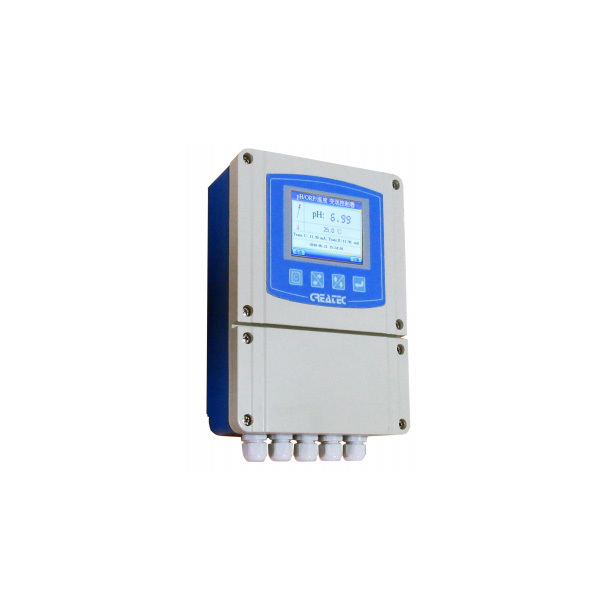Importance of Regular Calibration for dissolved oxygen meters
Dissolved oxygen meters are essential tools used in various industries, including wastewater treatment plants, aquaculture, and environmental monitoring. These meters measure the amount of oxygen dissolved in water, which is crucial for the health of aquatic organisms and the overall quality of water bodies. To ensure accurate and reliable measurements, it is important to calibrate dissolved oxygen meters regularly.
Calibration is the process of adjusting the readings of a measuring instrument to match a known standard. In the case of dissolved oxygen meters, calibration involves comparing the meter’s readings to a standard solution with a known concentration of dissolved oxygen. This allows users to verify the accuracy of the meter and make any necessary adjustments to ensure precise measurements.
| Product Model | DOF-6310\\u00a0(DOF-6141) |
| Product Name | Dissolved oxygen data collection terminal |
| Measuring Method | Fluorescence Method |
| Measurement range | 0-20mg/L |
| Accuracy | \\u00b10.3mg/L |
| Resolution \\u00a0\\u00a0 | 0.01mg/L |
| Response time | 90s |
| Repeatibility | 5%RS |
| Temperature compensation | 0-60.0\\u2103 Accuracy:\\u00b10.5\\u2103 |
| Air pressure compensation | 300-1100hPa |
| Stand pressure | 0.3Mpa |
| Communication | RS485 MODBUS-RTU standard protocol |
| Power | DC(9-28)V |
| Power comsuption | <2W |
| Operational envrionment | Temperature:(0-50)\\u2103 |
| Storage Environment | Temperature:(-10-60)\\u2103;\\u00a0Humidity:\\u226495%RH(None condensation) |
| Installation | Submerged |
| Protection Level | IP68 |
| Weight | 1.5Kg(with 10m cable) |
Regular calibration of dissolved oxygen meters is essential for several reasons. Firstly, calibration ensures the accuracy of the measurements taken by the meter. Over time, factors such as temperature changes, sensor drift, and exposure to contaminants can affect the performance of the meter, leading to inaccurate readings. By calibrating the meter regularly, users can correct any deviations from the standard and maintain the meter’s accuracy.
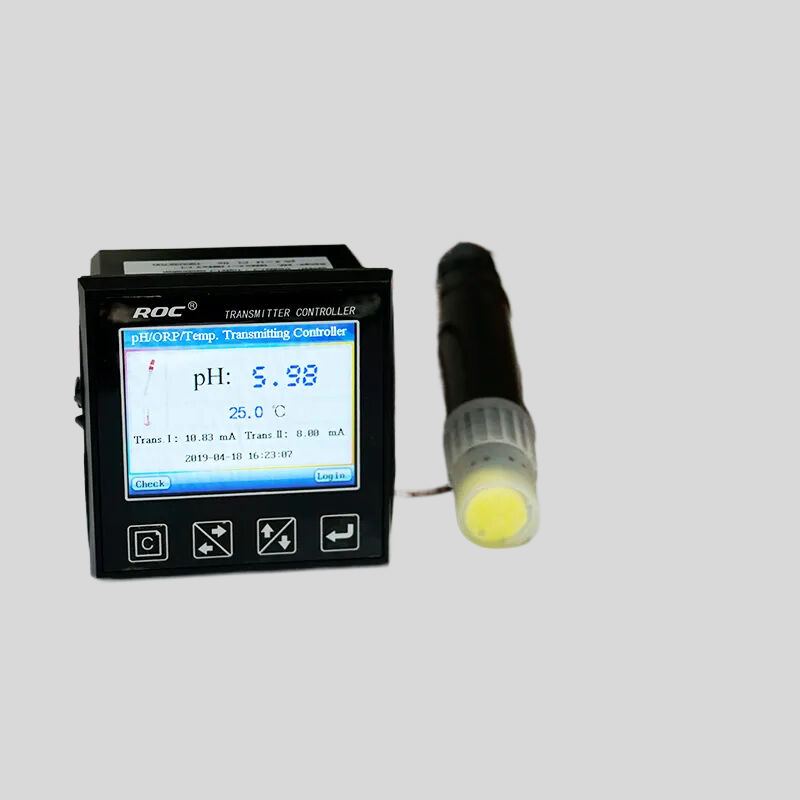
Secondly, calibration helps to ensure the reliability of the measurements. In industries where water quality is critical, such as aquaculture or wastewater treatment, even small errors in dissolved oxygen measurements can have significant consequences. Regular calibration helps to minimize the risk of errors and ensures that the measurements taken by the meter are reliable and consistent.
Additionally, calibration is essential for compliance with regulatory requirements. Many industries are subject to regulations that specify the accuracy and reliability of measurements taken by dissolved oxygen meters. Regular calibration helps to demonstrate compliance with these regulations and provides assurance that the measurements are accurate and reliable.
To calibrate a dissolved oxygen meter, users need a calibration standard with a known concentration of dissolved oxygen. The calibration standard is typically a solution of sodium sulfite or potassium iodide, which reacts with oxygen to produce a known concentration of dissolved oxygen. By comparing the meter’s readings to the known concentration of the calibration standard, users can determine the accuracy of the meter and make any necessary adjustments.
There are several factors to consider when choosing a calibration standard for dissolved oxygen meters. The standard should have a known concentration of dissolved oxygen that is within the range of the meter’s measurements. It should also be stable and consistent, with minimal variability over time. Additionally, the standard should be compatible with the meter’s sensor and calibration procedures.
In conclusion, regular calibration of dissolved oxygen meters is essential for ensuring accurate, reliable, and compliant measurements. Calibration helps to correct for factors that can affect the meter’s performance, such as temperature changes and sensor drift. By comparing the meter’s readings to a calibration standard with a known concentration of dissolved oxygen, users can verify the accuracy of the meter and make any necessary adjustments. Choosing a suitable calibration standard is important to ensure that the measurements are accurate and reliable. Overall, regular calibration is a critical aspect of maintaining the performance and integrity of dissolved oxygen meters in various industries.

